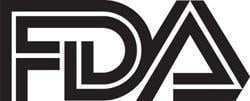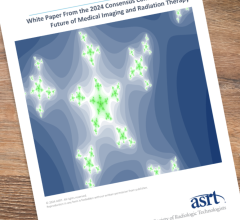
October 7, 2011 — U.S. Food and Drug Administration (FDA) Commissioner Margaret A. Hamburg, M.D., released a blueprint containing immediate steps to drive biomedical innovation, while improving the health of Americans.
The blueprint is titled “Driving Biomedical Innovation: Initiatives for Improving Products for Patients.” It addresses concerns about the sustainability of the medical product development pipeline, which is slowing down despite record investments in research and development.
“America is at an important crossroads, where the science before us presents unprecedented opportunities to create new and better medical products and to promote better health for the public,” said Hamburg. “Our innovation blueprint highlights some of the initiatives FDA will be implementing to ensure that these opportunities are translated into safe and effective treatments that can help keep both American patients and American industry healthy and strong.”
While FDA is committed to promoting innovation, with numerous efforts underway already this year, Hamburg recognized the need to create an agency-wide framework to address the changing scientific landscape. This blueprint launches the Innovation Initiative, identifying additional steps the agency can take immediately to address the most pressing concerns facing patients and industry.
The report’s proposals stem from a review of FDA’s current policies and practices, as well as months of meetings with major stakeholders nationwide; they include key industry leaders, small biotech, pharmaceutical and medical device company owners, members of the academic community, and patient groups.
The blueprint focuses on implementing the following major actions:
• rebuilding FDA’s small business outreach services
• building the infrastructure to drive and support personalized medicine
• creating a rapid drug development pathway for important targeted therapies
• harnessing the potential of data mining and information sharing while protecting patient privacy
• improving consistency and clarity in the medical device review process
• training the next generation of innovators
• streamlining and reforming FDA regulations
In addition, on Sept. 30, 2011, the agency issued updated draft guidance for manufacturers streamlining the de novo review process; it is used for certain low to moderate-risk medical devices not meeting the more well-known 510(k) clearance requirements.
Before manufacturers may market most low to moderate-risk medical devices, such as certain catheters or diagnostic imaging devices, they must obtain FDA "clearance" of a premarket notification or 510(k). Generally, 510(k) submissions must demonstrate the new device is substantially equivalent to another, legally marketed medical device that is also low to moderate-risk.
However, some low to moderate-risk medical devices are novel and not comparable to an already legally marketed device. Legislation passed by Congress in 1997 created the de novo process for these types of devices.
Currently, devices are only considered for the de novo program after the agency rejects a 510(k), establishing the device is not substantially equivalent to another legally marketed device.
Although FDA has reviewed and granted a number of de novo petitions since the 1997 legislation, the program has been under-utilized because of process inefficiencies.
The draft guidance outlines a pathway for a concurrent 510(k) and de novo petition without duplicative data requirements. It trims up to 90 days from the process and fosters more efficient, early interaction between manufacturers and the FDA. It also provides clarity for manufacturers on the suitability of a device for the de novo process.
"Right now, the de novo process is cumbersome and requires extra work and effort from manufacturers and the agency," said Jeffrey Shuren, M.D., director of the FDA's Center for Devices and Radiological Health. "Creating a pathway for a concurrent 510(k) and de novo petition streamlines the de novo program, helping speed safe and effective devices to patients."
This draft guidance is one of 25 action items listed in the FDA's Plan of Action for Implementation of 510(k) and Science Recommendations launched earlier this year. The goal is to improve the predictability, consistency and transparency of the agency's pre-market review programs.
For more information: www.fda.gov


 July 30, 2024
July 30, 2024 








